Author's posts
Apr 17 2011
A Raptor from ORD — Updated with a bonus Raptor
A couple of days ago, while I was taking my 10 o’clock constitutional :), I was fortunate enough to be graced by nature. There in a scraggly tree still bare from its winter sleep was a handsome raptor.
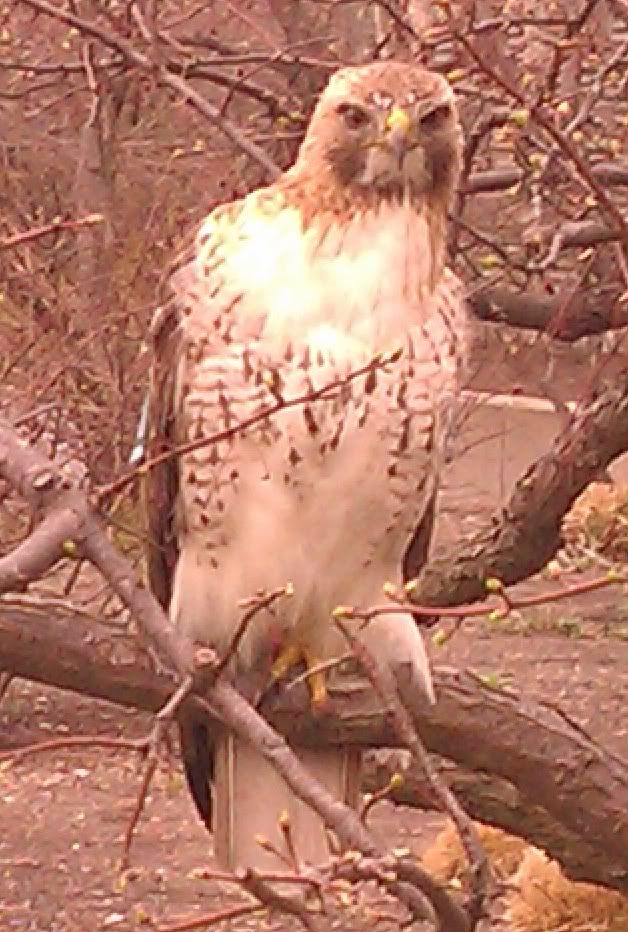
Now, palantir is a city-boy and this was as close as I’d ever come to anything wilder than biker bar. So I was, as every smoker who passed, intrigued by the magnificent bird.
Dec 19 2010
More Eclipses
|
The first total lunar eclipse in nearly three years will be visible this From the Wikipedia
|
|||||||||||||||||||||||||||||||||||||||||||||
| At the points where the full Moon crosses the ecliptic a lunar eclipse can occur. Like solar eclipses there may be between 2 and 5 lunar eclipses per year. There are three types of lunar eclipses. Penumbral, partial, and
|
Unfortunately, the weather seems to be taking a Republican bent and will
not cooperate over the 20th/21st.
Again thanks for your time. I look forward to your comments and critiques
below.
Dec 12 2010
Sixty Symbols #1 — Solar Eclipse
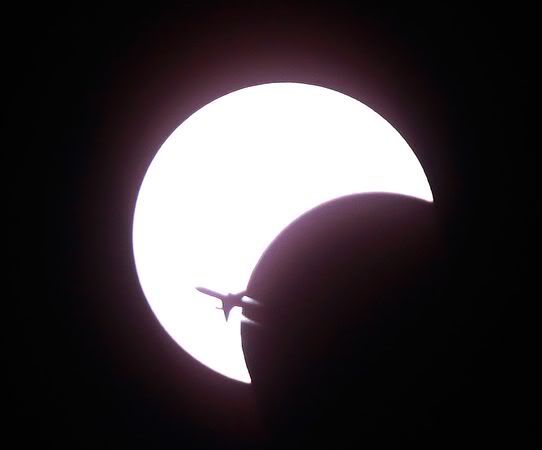 If you’ve ever visited the Daily Kos you may have noticed my nightly comments where I post a video from the series called Sixty Symbols on the Overnight News Digest. I thought you might enjoy these videos with some additional explication and exploration. There are a whole passel of them so getting through them all will take some time. I wonder, as I begin this random walk, where it will take me and what exciting and cool things I might learn and share. |

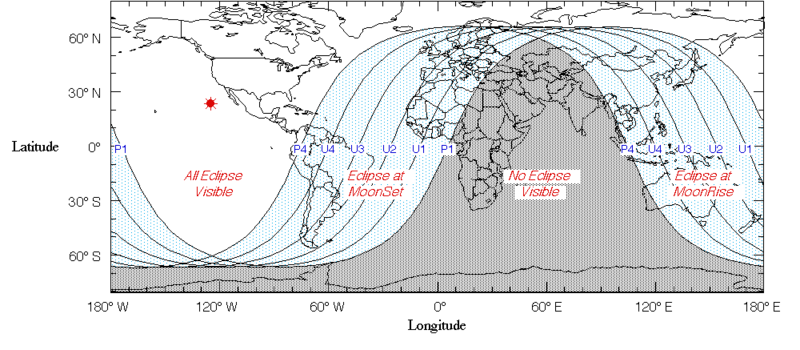
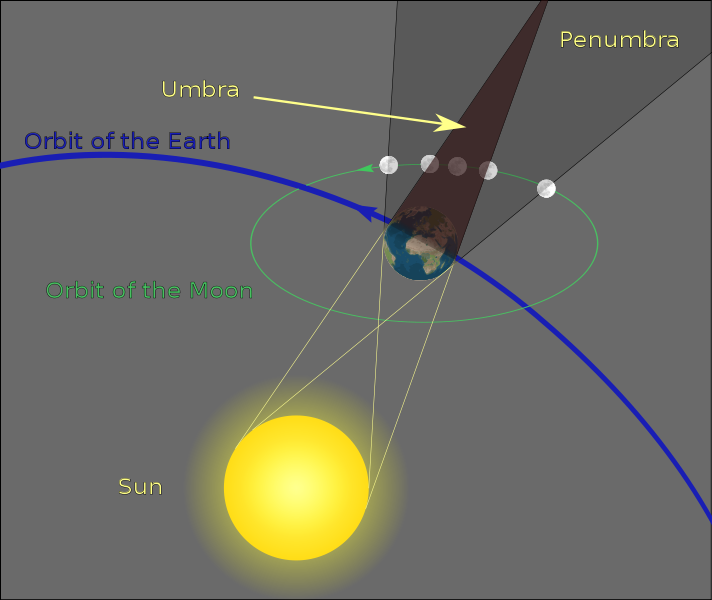
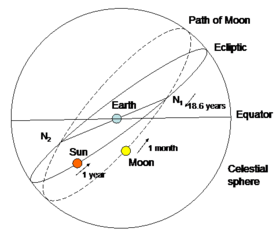
Recent Comments